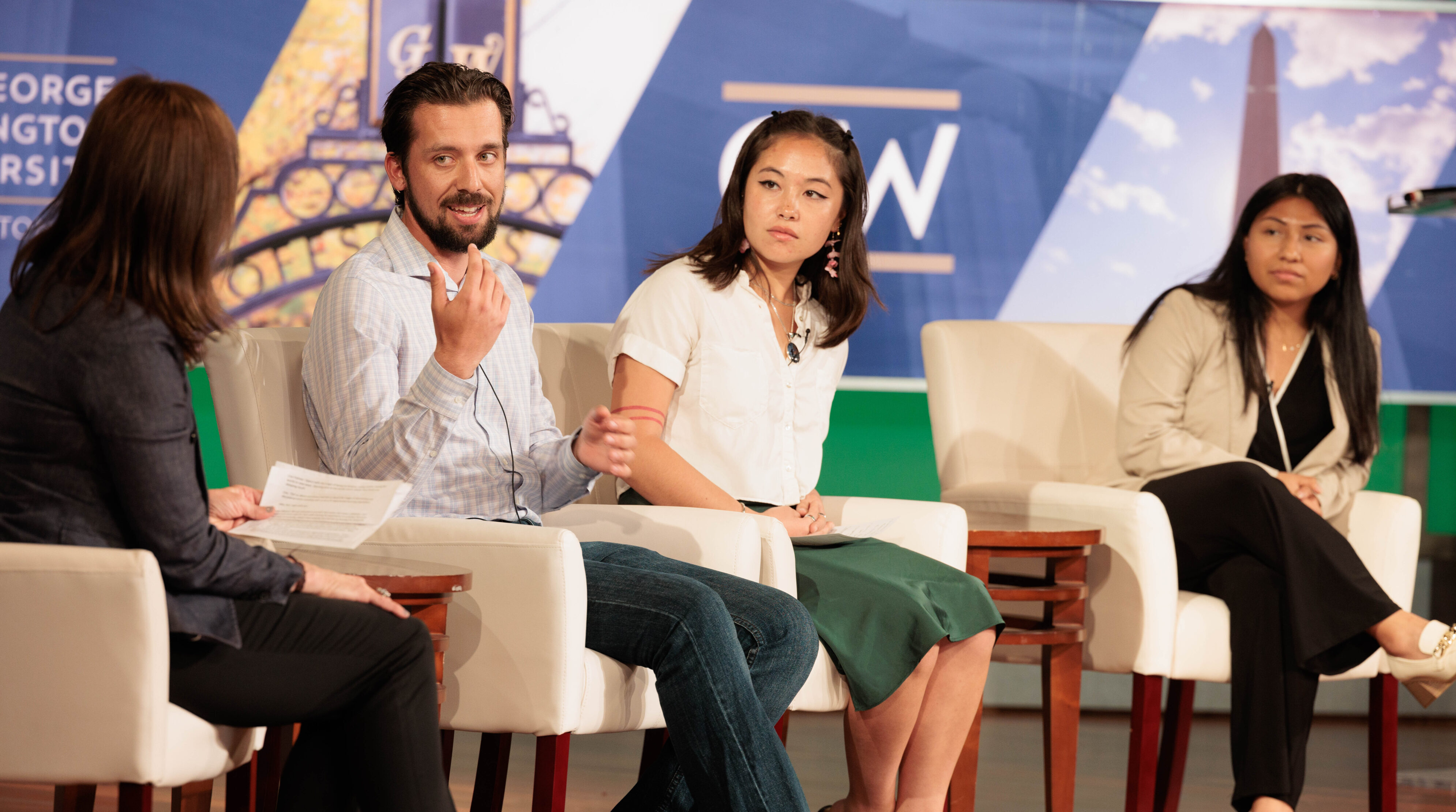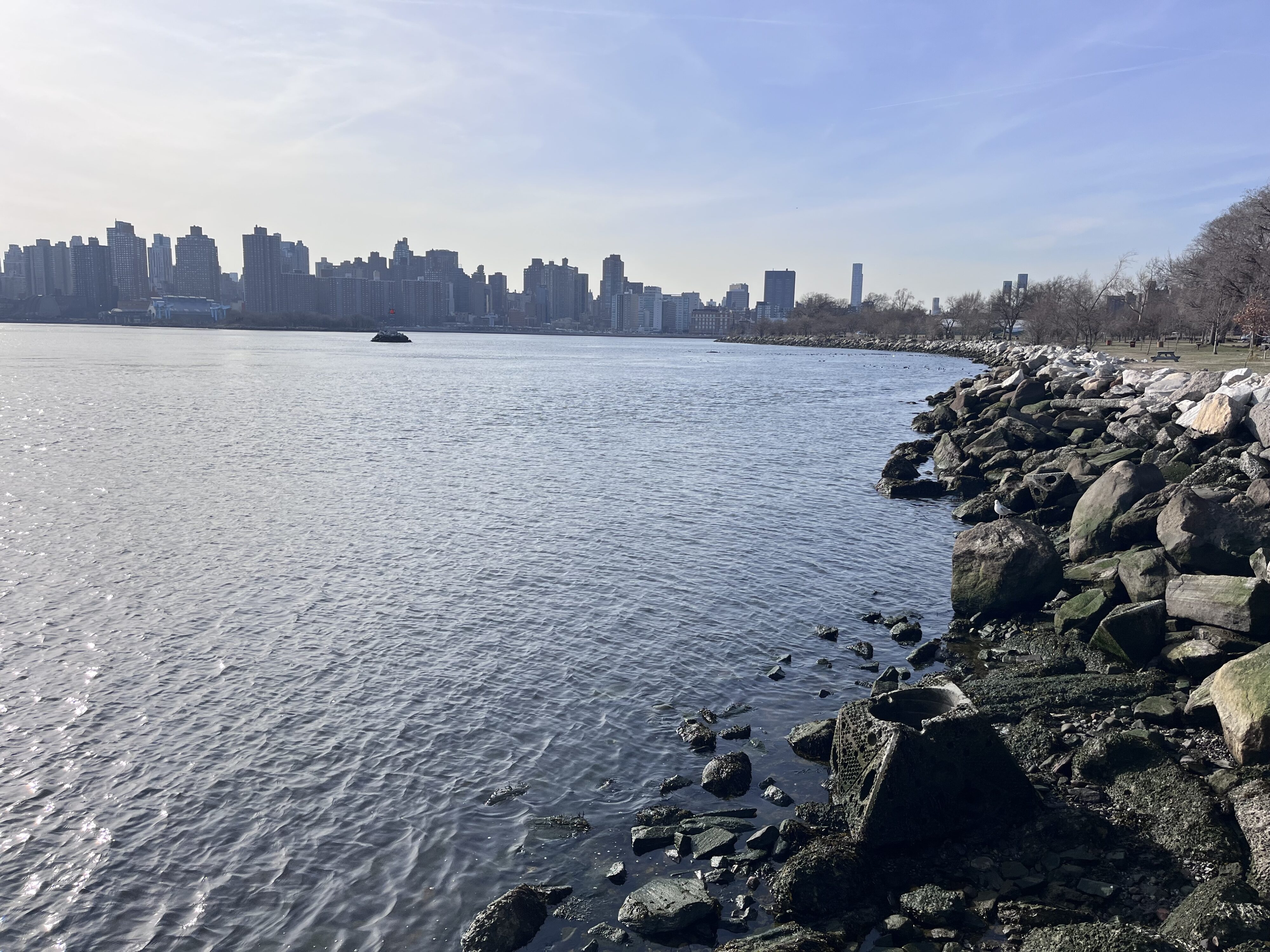 Plains Cotton Growers, with strategic environmental action playing a key role in overcoming those economic challenges.
Plains Cotton Growers, with strategic environmental action playing a key role in overcoming those economic challenges.
One area that needs further action? Education on sustainable practices, as a lack of it in the past has taken an environmental toll with an aquifer quickly drying up.
“There’s going to be a lot of things we need to be looking at, but the fact of the matter is we are transitioning into dryland agriculture,” Verett said.
However, Verett and other farmers are hopeful that new developments in seed production can allow them to continue with their levels of production.
Janice Person, the online engagement director for Bayer, the multinational pharmaceutical company that just acquired Monsanto last year, says less water-dependent cotton is something her company has been focusing heavily on. “Our breeders have been working on that stuff for 20 years.”
Past the issue of water scarcity, farmers are also facing the rise of weeds resistant to Roundup—a popular herbicide produced by Bayer, according to a report in The New York Times in 2010.
Herbicide-resistant weeds are a factor that have led to a reduction in more environmentally friendly practices like no-till farming. Once resistant weeds move into a field, farmers often have to resort to more toxic chemicals or tilling, which leads to increased run off and erosion.
Farmers “want to be economically viable, but leave what they have in as good or better shape than how they found it,” Verett said.
">As cotton farmers in the South Plains of Texas vie for economic sustainability, they realize strategic environmental action is crucial in their efforts.



















